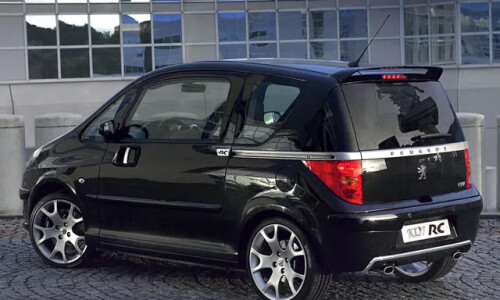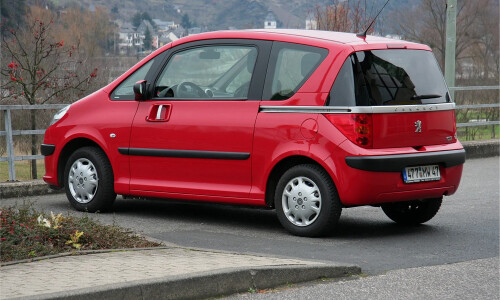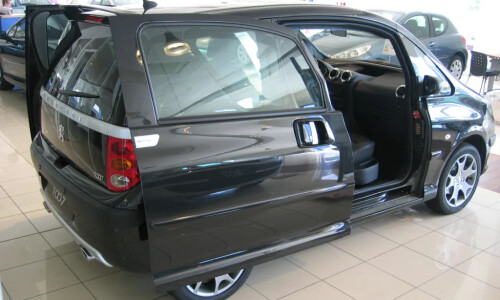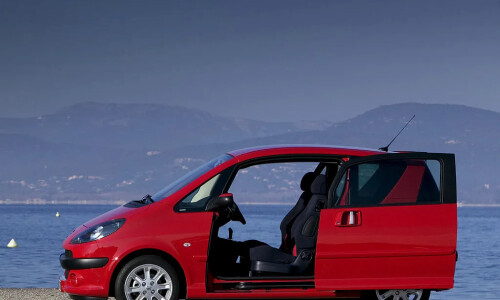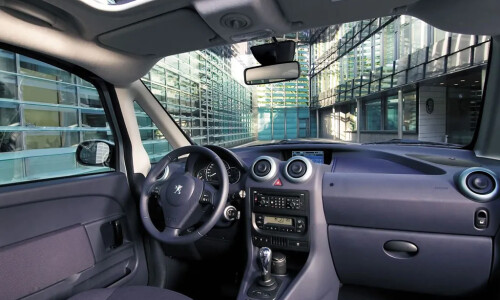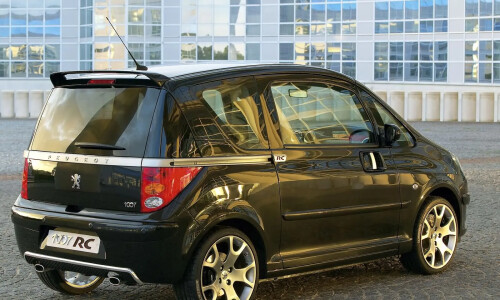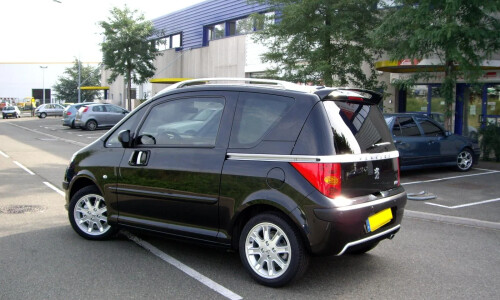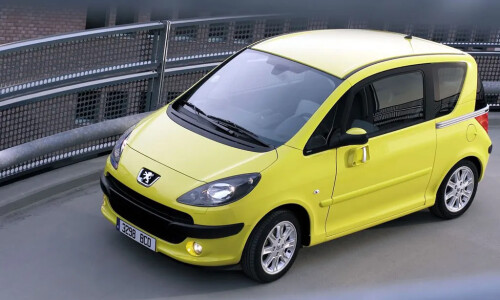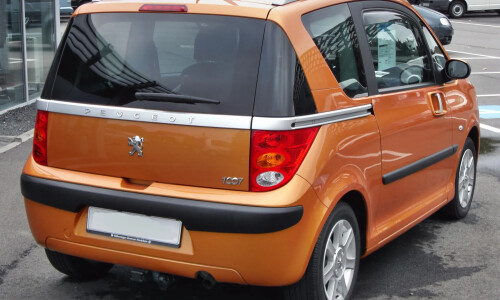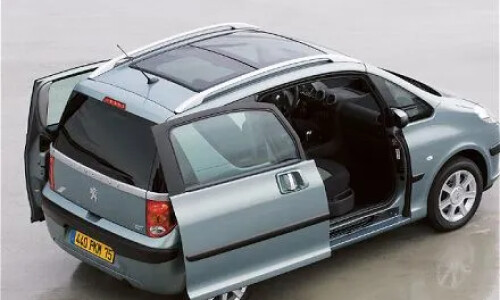Peugeot 1007
Peugeot 1007 is a subcompact car of PSA Peugeot Citroën. Was sold from 2005 to 2009. It uses the Peugeot 207 platform. The design is based on the prototype Sésame, presented in 2002 at the Paris Motor Show. The car had unusual doors. They were made for easier access to the cabin in tightness. These doors have an electric drive. 1007 RC with a 1.6-liter engine up to 140 h.p. was presented at the Paris Motor Show in 2006. Also, there was a version of the RC-1007 Line with a 1.6-liter gasoline engine, 110 h.p. with a mechanical 5-speed box 2-Tronic. It was available for sale only for some countries, such as Germany. Special versions of 1007 were released at different times: Pack Limited (2005), Freddy (2005), Elle (2006, Belgium), Cappuccino (2006), Roxy (2006), RC Line (2006), Quiksilver (2006, Switzerland), Black & Silver (2009). At the start of sales were planned three engines: a 1.4-liter petrol 75 h.p. with manual or 5-step robotic gearbox 2-Tronic, 1.6-liter gasoline engine capacity of 110 h.p. with the transmission 2-Tronic and 1.4-liter HDi diesel 70 h.p. with a mechanical 5-speed gearbox. Since April 2006, there is also a 1.4-liter injector engine with a 16-valve petrol engine and 90 h.p. Then, in February 2007, a 1.6-liter HDi diesel engine was sold, which is more suitable for its mass (more than a tonne). With this engine, the car accelerates 4 seconds faster from 0 to 100 km/h (11.4 s instead of 15.4 s for 1.4 HDi 70 with a top speed of 172 km/h) and provides maximum torque from 240Nm to 260Nm at 2000 rpm / min, thanks to a turbocharger with variable geometry. In 2005, in the EuroNCAP crash test the Peugeot 1007 received a record 36 points, which makes it the benchmark for passive safety.
![images[0].title](/images/peugeot-1007-01.webp)
